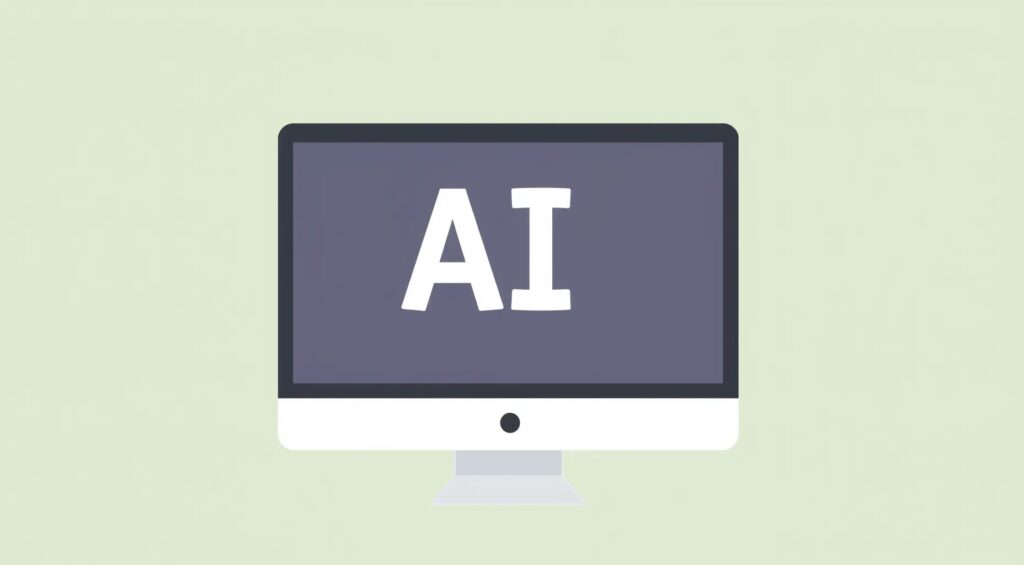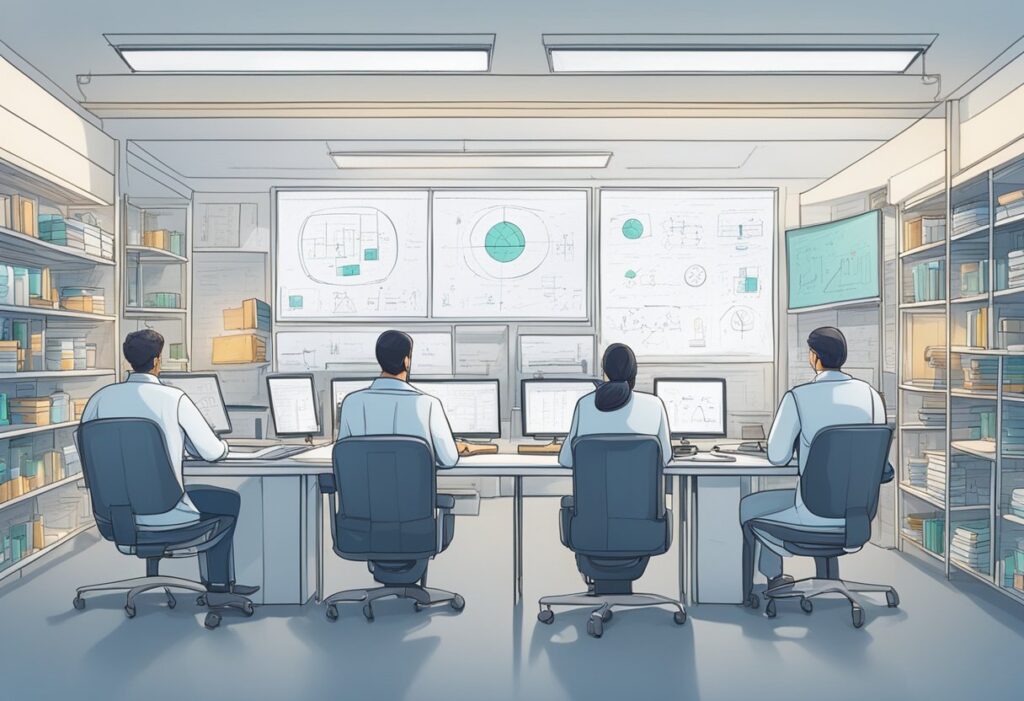
Imagine for a moment that you could peek behind the curtain of your favorite AI assistant. You’d see the intricate web of commands and instructions that guide every interaction, every response. Recently, Anthropic, a company at the forefront of artificial intelligence, did just that by publishing the “system prompts” that power their AI, Claude. This move is both fascinating and significant, shedding light on the complex underpinnings of AI technology. But what does it mean for the broader world of AI and its users?
What Are System Prompts, Anyway?
Let’s start with the basics. System prompts are essentially the behind-the-scenes scripts that guide an AI’s behavior. Think of them as the rules of engagement, defining how an AI should interpret your requests and respond in a way that makes sense. These prompts are what give an AI like Claude its unique personality and capabilities, shaping everything from tone of voice to decision-making processes.
In the world of AI, system prompts are the skeleton key, unlocking the true potential of these advanced systems. They are not static; rather, they evolve as the AI learns and adapts to new data and situations. When Anthropic decided to make Claude’s system prompts public, it wasn’t just opening up a manual— it was sharing a blueprint of how AI is designed to think.
Why Did Anthropic Share Claude’s System Prompts?
You might wonder why a company would reveal such sensitive information. After all, isn’t that like giving away the secret sauce? Anthropic’s decision to publish Claude’s system prompts is rooted in a commitment to transparency and ethical AI development.
AI systems are becoming increasingly integral to our daily lives. They’re writing emails, driving cars, and even assisting in complex decision-making processes. But with this growing reliance comes a responsibility to ensure that AI operates in a way that is fair, unbiased, and understandable. By publishing these system prompts, Anthropic is taking a bold step towards demystifying AI and fostering trust with its users.
Moreover, this move opens up the floor for feedback. By laying out the inner workings of Claude, Anthropic invites the broader AI community to scrutinize, critique, and ultimately improve the system. It’s a collaborative approach to AI development, one that acknowledges the power of collective intelligence.
The Implications for AI Users
For everyday users, the publication of Claude’s system prompts is a double-edged sword. On one hand, it provides valuable insight into how AI systems like Claude function, potentially helping users better understand and engage with the technology. If you’ve ever wondered why Claude responds in a particular way or why it suggests certain actions, these system prompts might just hold the answer.
On the other hand, it also raises questions about the complexity of AI interactions. As users gain more visibility into how AI operates, they may begin to notice the subtle biases and limitations baked into the system. Understanding that AI is not infallible is crucial, and Anthropic’s transparency highlights the importance of approaching AI interactions with a critical eye.
A Step Towards Ethical AI Development
Anthropic’s move aligns with a broader trend in the tech industry towards ethical AI development. As AI continues to evolve, there is a growing recognition of the need for ethical guidelines and transparency in how these systems are built and deployed. By making Claude’s system prompts public, Anthropic is setting a precedent for other AI developers to follow.
This could lead to more AI companies adopting similar practices, ultimately creating a more open and trustworthy AI landscape. In the future, we might see a world where the inner workings of AI are as accessible as the software we use every day, making AI not just a tool, but a transparent partner in our digital lives.
Conclusion: A Glimpse Into the Future of AI
Anthropic’s decision to publish Claude’s system prompts is more than just a technical disclosure; it’s a statement about the future of AI. It’s a future where transparency and collaboration are key, where users are invited to understand and shape the tools they use. As AI continues to weave itself into the fabric of our lives, actions like these will be crucial in ensuring that this technology remains both innovative and ethical.
So, the next time you interact with an AI, remember that there’s a complex web of prompts and instructions guiding its responses. And thanks to Anthropic, we now have a clearer view of how that web is spun.





